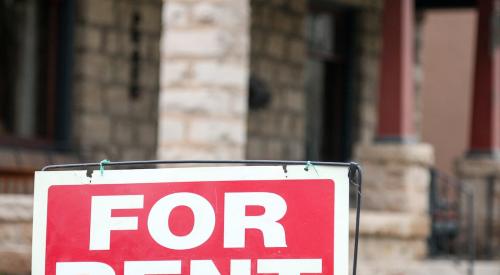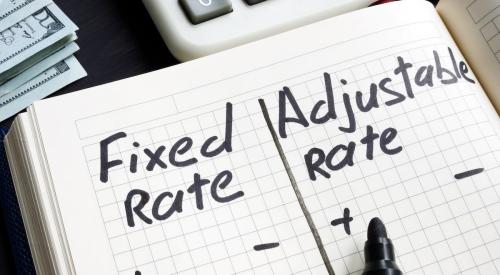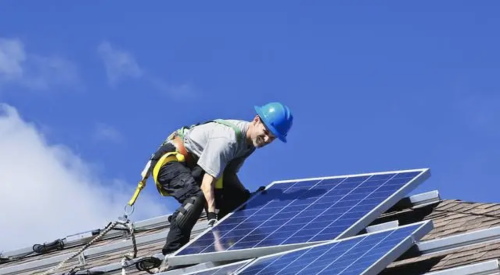For months, California builders anxiously awaited the arrival of the new year: On January 1, 2020, the new solar mandate that requires 100 percent of new homes to have solar panels or another solar source would come into effect. January 1st came and went, and a principal at John Burns Real Estate Consulting warns what will happen to builders: not much. Wayne Yamano says that builders are ready and buyers will not be swayed by the extra $40 a month on average on their mortgage when solar can save consumers roughly $80 a month on utilities. Demand will hold steady, and though the costs will increase for builders, solar leases will reduce them to manageable levels. It may take some time to adjust to the new standards, but builders will pull through.
On January 1, 2020, California became the first state to require solar panels on all new homes—what many are calling a “solar mandate.”
What impact will this have on home building in California in 2020? By all accounts, not very much.
No big impact on housing demand. Our consultants in the field tell us that builders who have started including solar early (in anticipation of the code change) have noted little or no change in demand. Consumers see the benefits in comparison to owning a less energy-efficient resale home and appear to be willing to pay the difference. Most builders are offering solar leases, which keep base prices lower and more attractive to buyers.
Cost impact to builders mitigated by solar leases. Solar leases help keep base prices and builder costs lower. When solar is offered for lease, solar companies pay for the solar installation and lease the system directly to home buyers, with builders not having to pay out of pocket.












